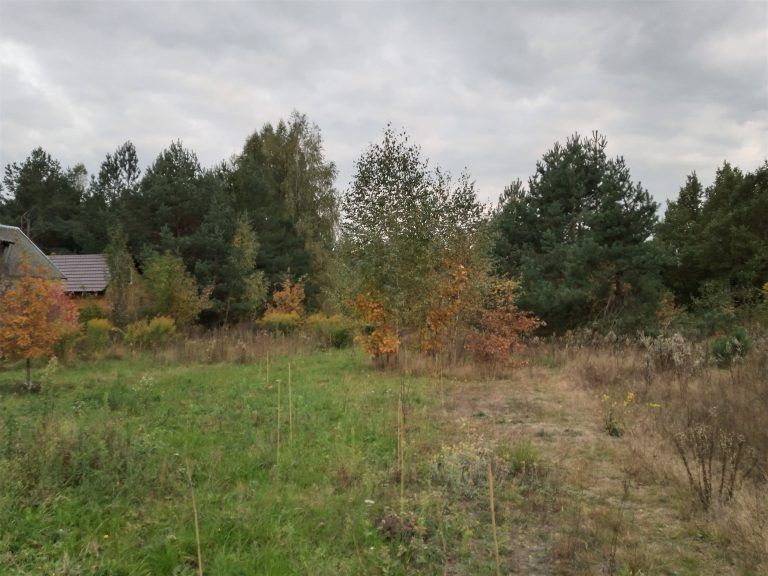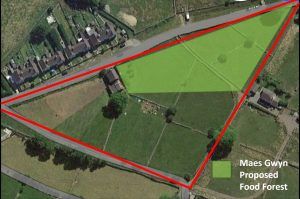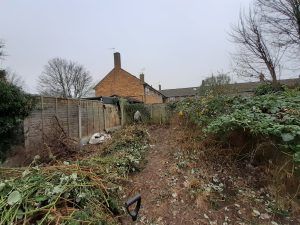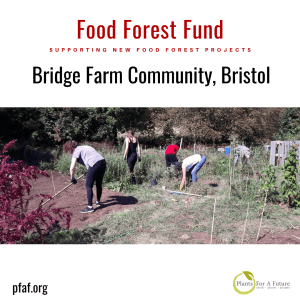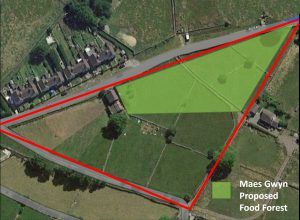In January 2022 we (PFAF) announced our Food Forest Fund (FFF), which is designed to award small grants to help new food forest projects get started, or move on to a new stage. In recent years PFAF has been focused on extending our free information database to include plants suitable for forest gardens and carbon farming, and adding new relevant search parameters. The Fund is in support of our feeling that small scale food forests and complementary locally-based enterprises could be an important element in starting to bring about the widespread changes in lifestyle that are urgently needed to confront the global ecological crisis.
We made our first grant in February 2022 to Joao Ferro, who lives in the village of Bialowieza in eastern Poland, which is inside the famous biosphere reserve with the same name, close to the Belarus border. The blog entry in 11/5/22 described early progress on the project. Joao had already made a start by planting trees and shrubs along one boundary of his 2000 sq m plot, as the first stage of his objective to create a food forest and diverse ecosystem on what had been degraded farmland. Using the PFAF plants database as a primary source, he had drawn up an initial plan for his site including lists of trees, bushes, shrubs, vines and useful annuals suitable for the conditions in eastern Poland.
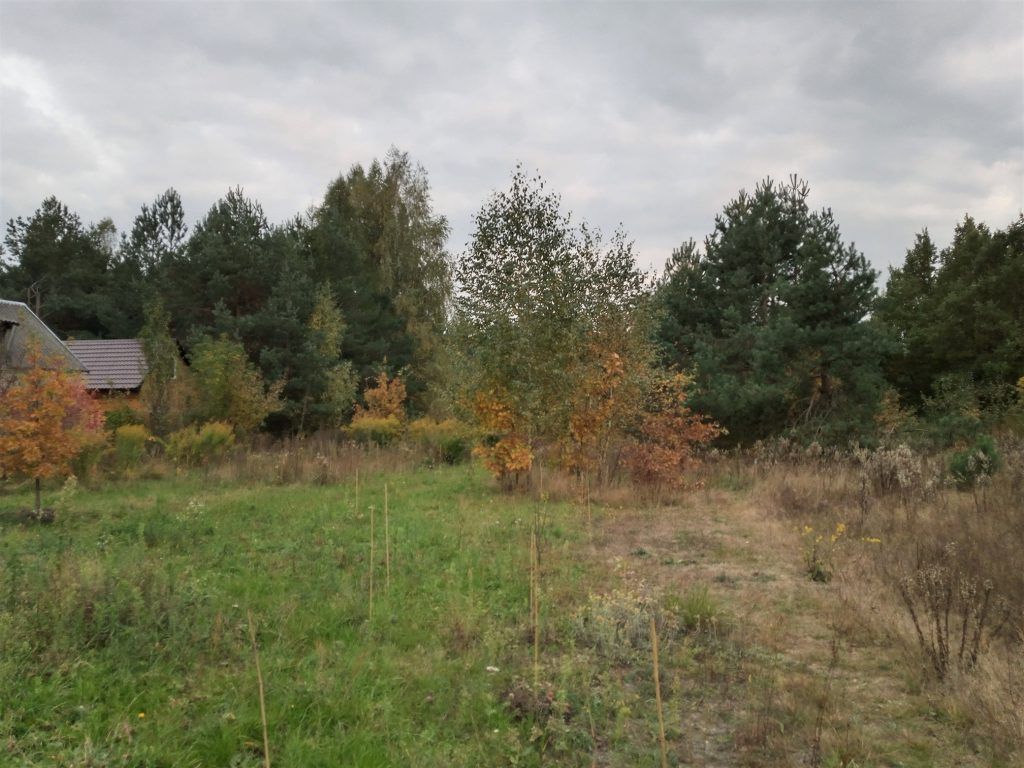
In May, as Spring weather arrived and the ground thawed, he embarked on the preparatory groundwork necessary to enable the next phase of planting, and then made his first purchases using the FFF grant. In the next three months he placed several more orders of plants on his wish list with suppliers in Poland, and now has an estimated 96 different perennial species and varieties, including both those occurring naturally on the plot or transplanted from nearby, and those bought in. I have continued to be surprised by how inexpensive plants, including young trees, are in Poland, particularly compared to the UK – based on currency conversion I estimate that they are around one third of the price.
His selection criteria have had to include the capacity to resist long, cold winters, but he also identifies plants for the micro-scale conditions in different parts of his plot, and to perform a particular role: for example, to provide a growing barrier in the relatively wet conditions of the ‘wild area’ at the far end of the site. The majority will also produce food of some kind. At the end of June he had completed his plant purchases for this year. Joao was particularly pleased to have bought the only available specimen of Akebia quinata (aka Chocolate vine) from a friend in a small local business. He had been looking for it for a while, and it seems like a plant that ticks all the boxes: frost hardy, drought tolerant, not fussy about soil type, grows in full or partial shade, produces edible and useful fruit, and a climber that can fit into otherwise unfilled spaces between layers.
He has recently drawn up a layout for the site that includes six areas for food forest plants, each eventually having a different mix of species selected according to the visual overall effect within the plot and the specific conditions (light, aspect, water, soil) of that area. In each his intention is to create a ‘proper’ food forest that eventually spreads across the site, with all seven layers of vegetation – although, since this is early days, this year more trees were planted than anything else.
His plant collection thus far includes Swamp White Oak, Scots Pine, Amur Cork Tree, Spindle Tree, Scarlet Hawthorn, Tara Vine, Sweetberry Honeysuckle, Black Chokeberry, Medlar, Sweet Gum, Russian Olive, Szechuan Pepper, Black and White Mulberry.
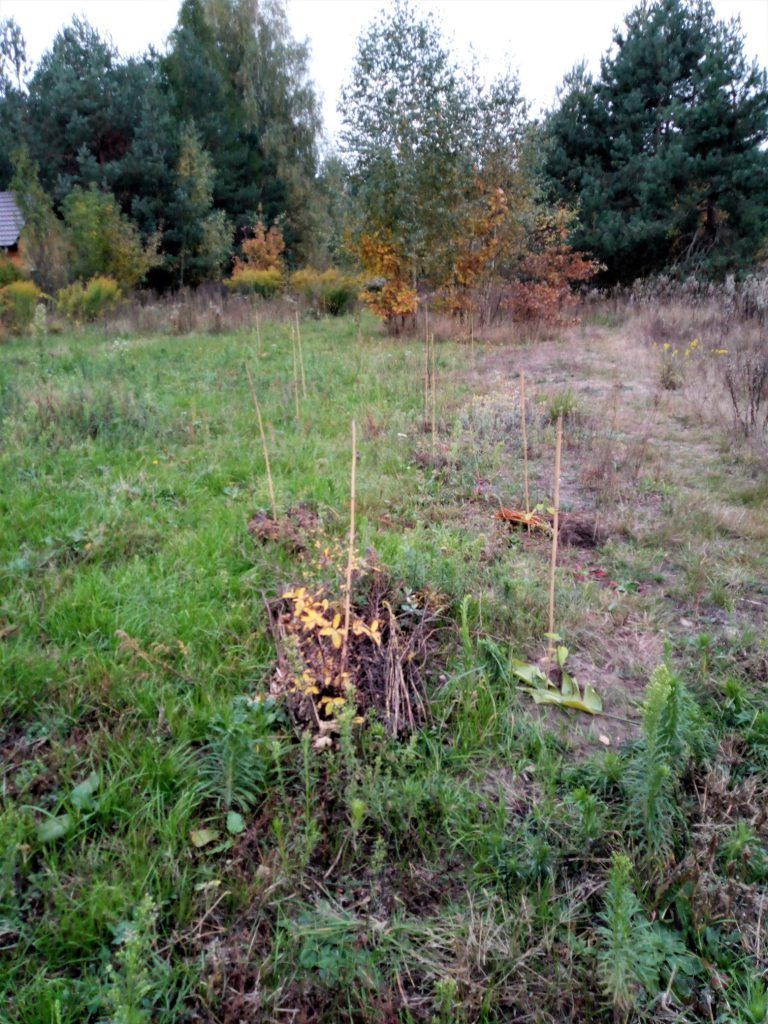
In October he received a delivery of some of the last trees to be planted on the plot: mostly fruit trees adapted to the local climate, including varieties of sweet cherries and plums, Chinese pear, American blueberry, a nectarine, and also Eucommia ulmoides (aka gutta-percha or Chinese rubber tree) the bark from which is used in Chinese herbology.
The design for the site also includes a significant area for annuals and conventionally placed fruit bushes. But, because recent work has given him a greater knowledge of his plot, before he goes much further Joao considers that he needs carefully to research what will succeed here. There are also future plans for a purpose-built greenhouse that will surround part of the house, partly protecting it from the harsh weather conditions and also full of food plants that otherwise would not survive the winters. It would also be good to have an underground space for storing fruits, nuts and roots over the winter.
In March 2023 PFAF will be awarding Joao the second half of the promised grant. He expects to use it to replace any important trees that have not survived the winter, but mostly to obtain fruiting bushes, vines, and perhaps some annual food plants. But he notes that how the money is spent will depend on the success of what has already been planted, and the availability of interesting species from Polish nurseries.
Joao has been an excellent communicator, fully sharing his progress and plans with us. We look forward to hearing how things proceed in the remainder and 2022 and throughout 2023.
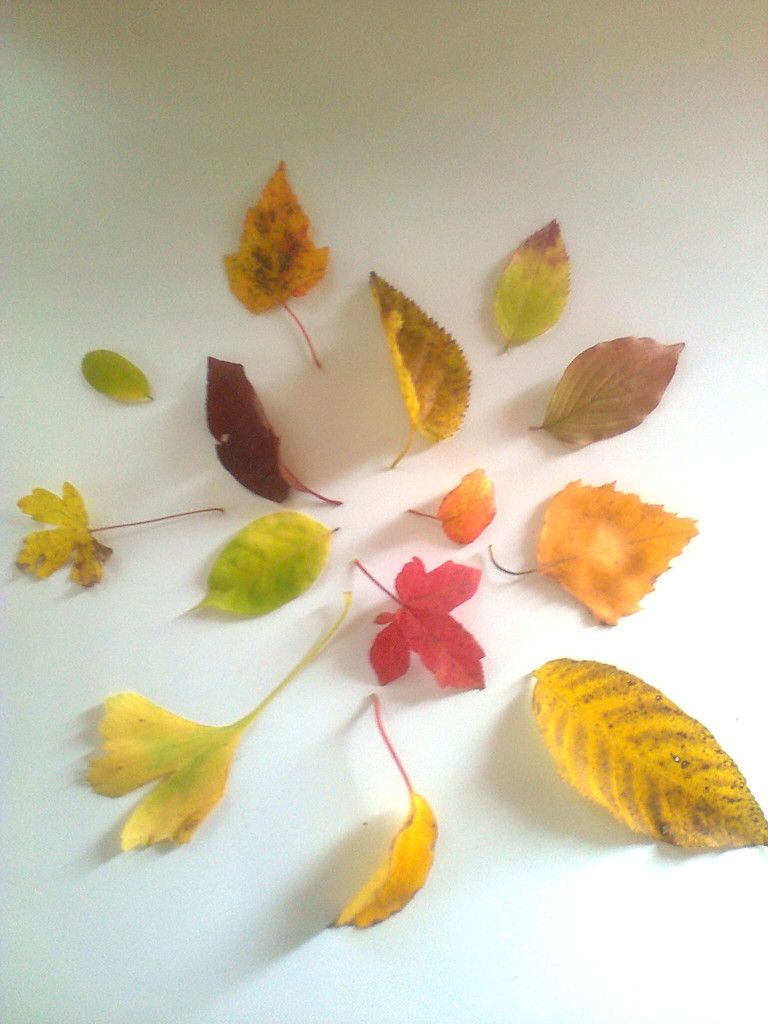
Written by David Gearing, October 2022

